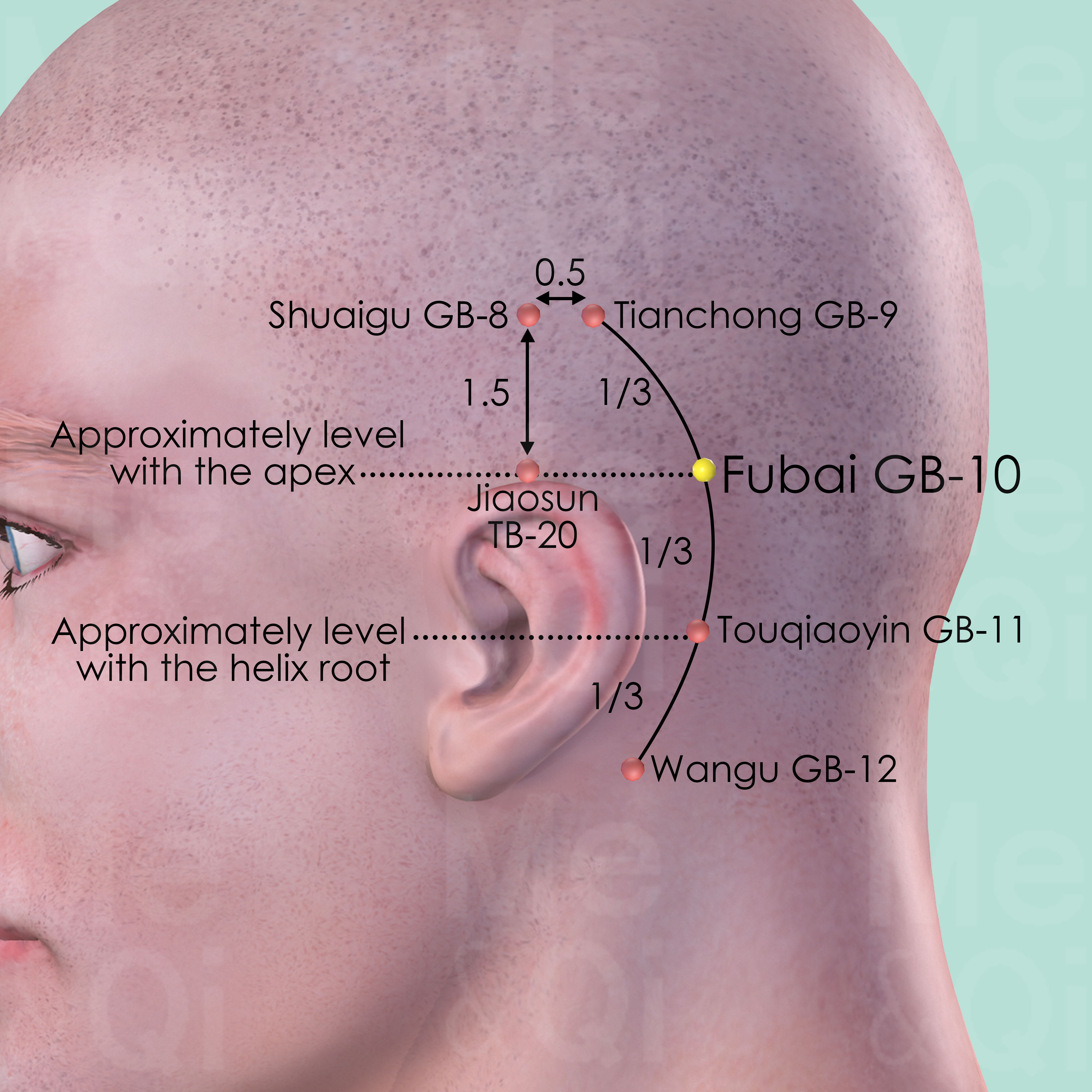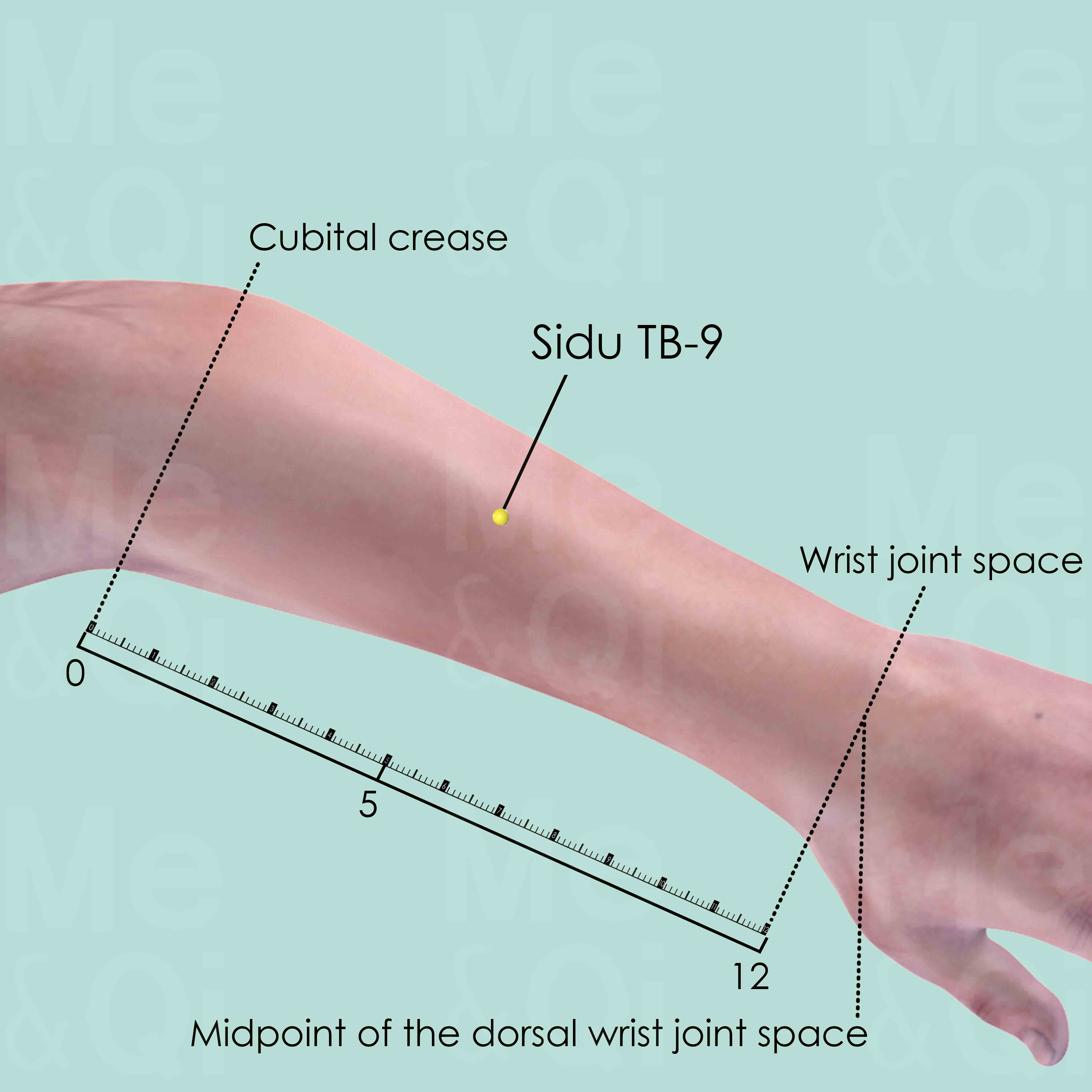Blocked Throataccording to TCM
Symptom family: Throat Obstructions and Sensations
Did you mean? Throat Lumps
What is Blocked Throat?
Blocked throat is a sensation or actual blockage that can hinder breathing or swallowing, giving the feeling of a congested throat. It can result from various conditions such as infections, allergic reactions, anatomical abnormalities, or the presence of foreign objects.
The feeling of mucus accumulation in the throat is a common complaint. This condition not only causes discomfort but can also be alarming, prompting concerns about breathing difficulties. Blocked throat can be a symptom of a temporary issue or a sign of a more chronic condition needing medical evaluation.
How Does TCM View Blocked Throat?
Traditional Chinese Medicine (TCM) regards blocked throat as an imbalance in the body's harmonious functions. Instead of solely a physical blockage, TCM considers factors like Qi (vital energy) Stagnation, Phlegm accumulation, or Heat that may contribute to the sensation of obstruction.
Each symptom in TCM is a clue to a deeper imbalance in the body's systems, and identifying the correct pattern is essential. Treatment in TCM is based on the specific pattern, aiming to restore balance and address the root of the symptom, rather than just the symptom itself.
Acupoints for Blocked Throat
TCM suggests specific acupoints to alleviate blocked throat by addressing the underlying imbalances. Fubai GB-10, located behind the ear, is known for its ability to clear obstructions from the channel, subdue Rebellious Qi, and clear Heat, making it valuable for throat issues.
Another point, Sidu TB-9, found near the elbow, is said to benefit the throat and ears, suggesting its role in reducing the sensation of blockage. These acupoints are part of a larger network in TCM, chosen for their ability to influence the Qi dynamics associated with throat health.
Explore below some acupoints used to address blocked throat, organized by meridian.
- By Meridian
- Gall Bladder Channel
- Triple Burner Channel

Fubai GB-10
Posterior and superior to the mastoid process, at the junction of the upper third and the two lower thirds of the curved line connecting Tianchong GB-9 and Wangu GB-12.

